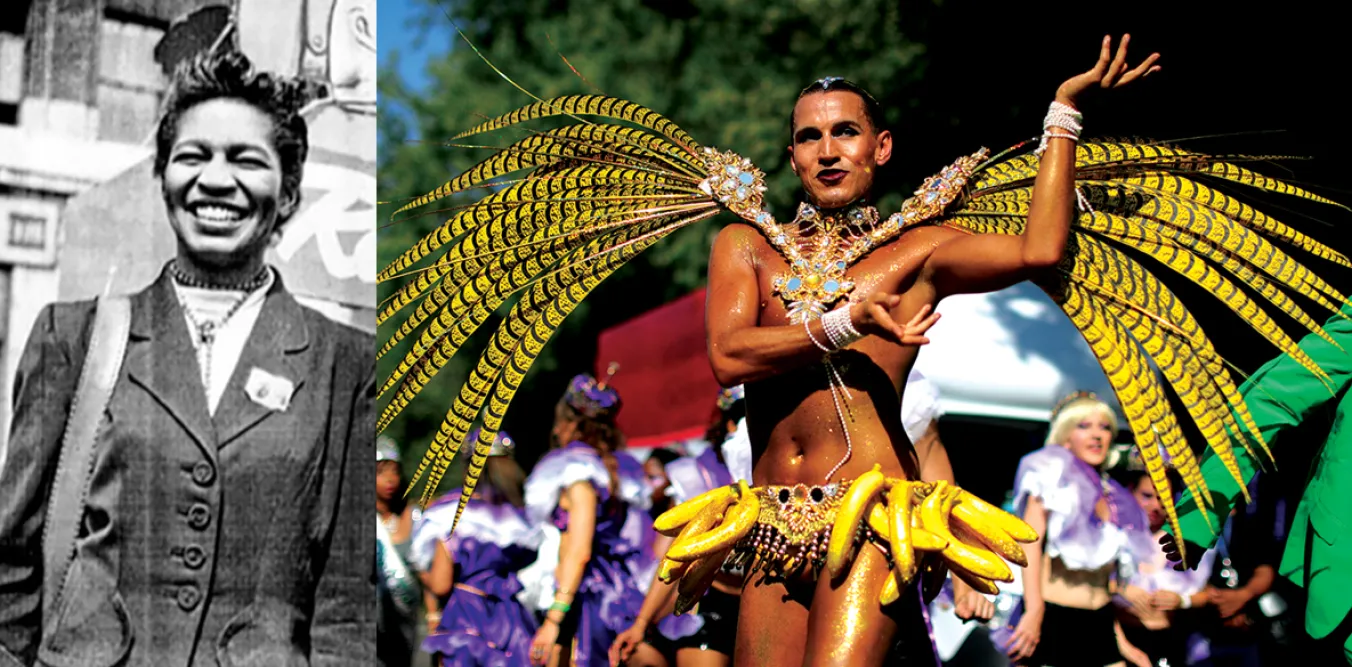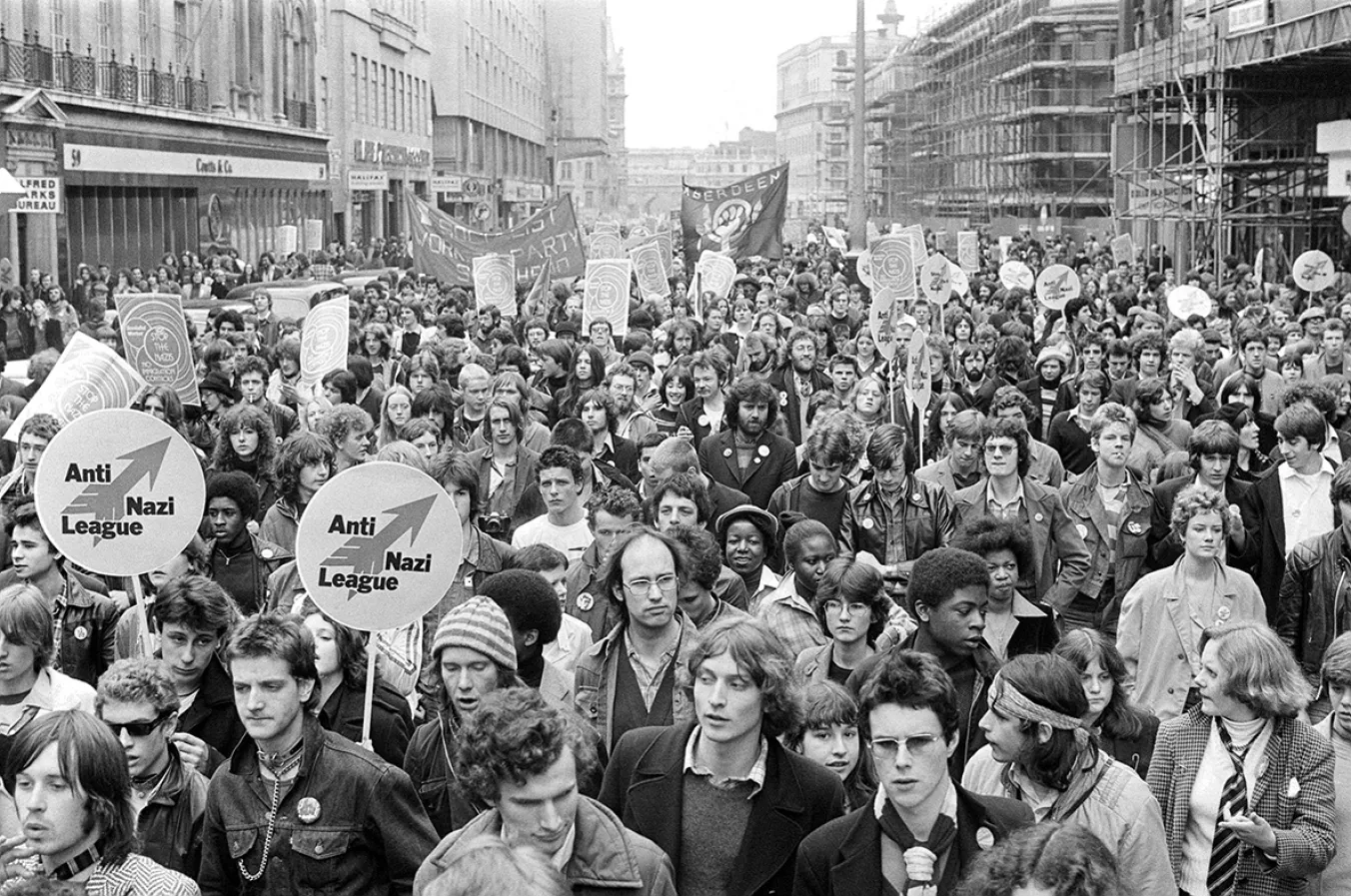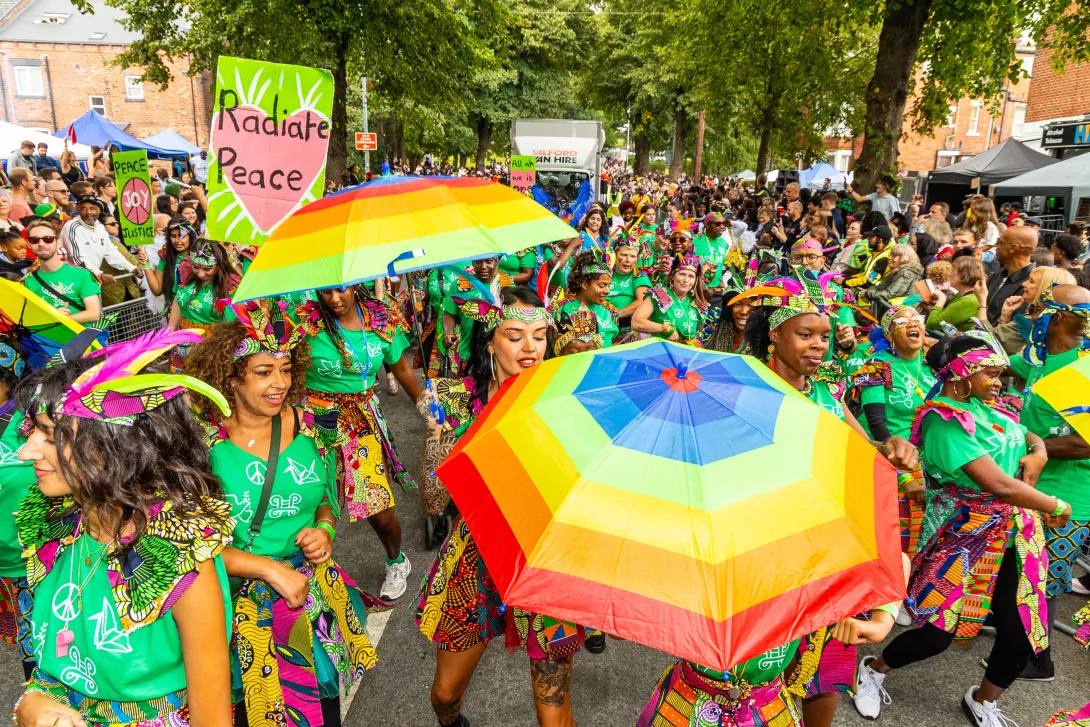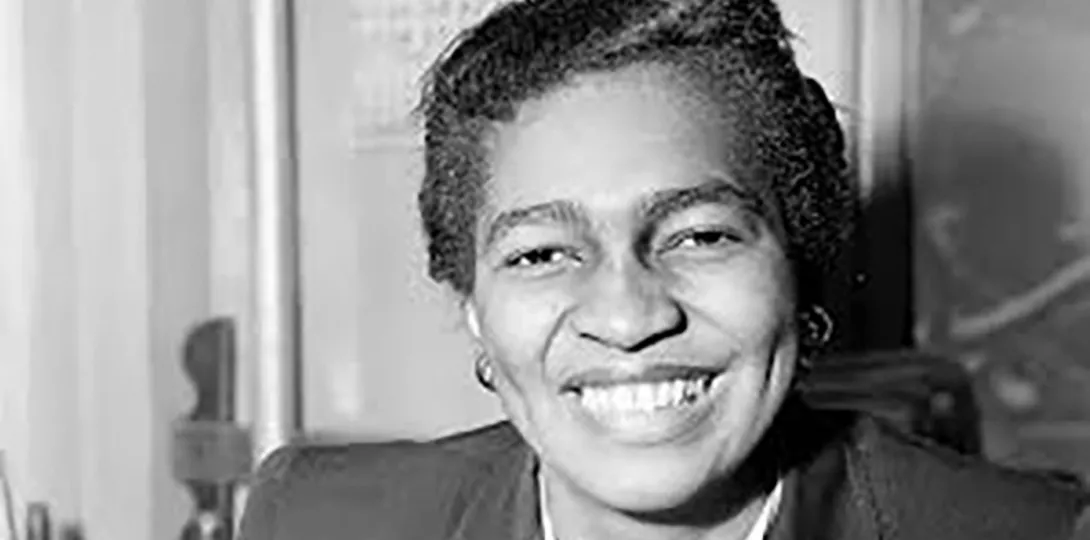
AFTER two years, since the Covid crisis stopped much mass activity, the Notting Hill Carnival will be back this weekend.
For decades, this event has brought millions of people from Britain and all over the world to celebrate unity, solidarity with those struggling for freedom and anti-racism.
Over many years there has been discussion and even disagreement as to its origins. Claudia Jones is often mentioned as the founder but prior to her death in 1964, there was not an annual street carnival in that area of London.
However, she was certainly the leading person to stage events under the name of Caribbean Carnival in 1959 and from then onwards which eventually evolved into the Notting Hill Carnival.
In 1958, the fascist Oswald Mosley began to hold hate rallies and street meetings in Notting Hill.

















